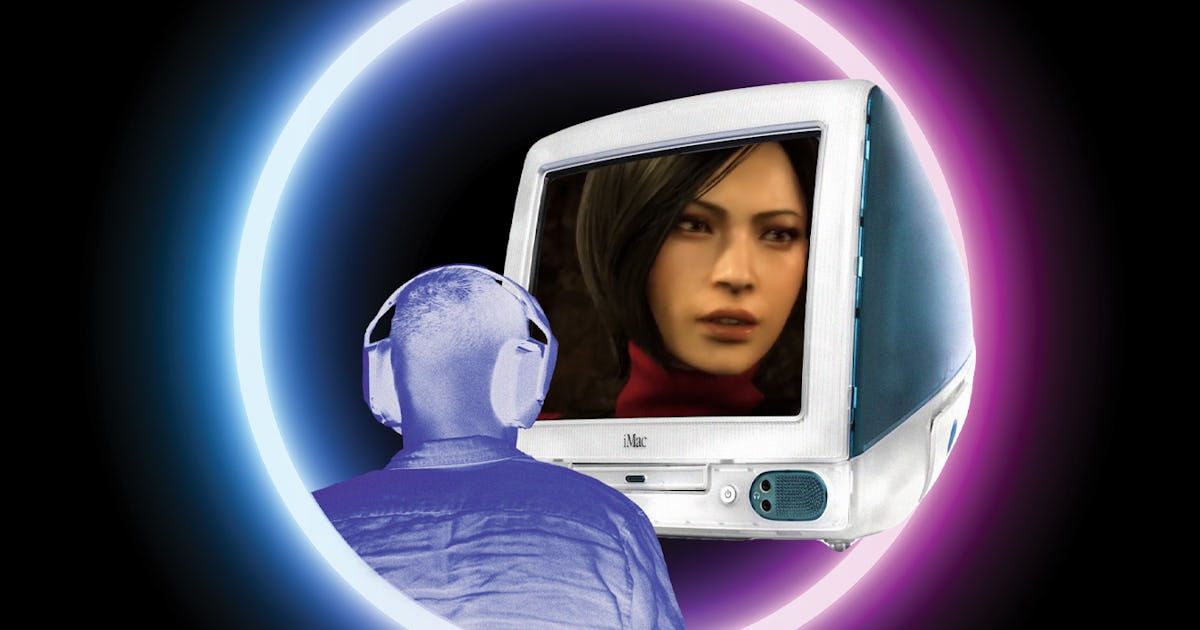I skimmed through it and it seemed very confused to me.
He says Apple needs people play games on the Mac so that game devs make games for the Mac and the best way to do that is open source GPTK which will cause game companies to open source their game source code which the “community” will then use to port the games….hmmmm.
I’ll watch it properly to see if I’m being unfair but uhhhh
So I just watched it and it is a little more nuanced. Basically he’s proposing to at least further opening the licensing of GPTK/D3Dmetal so companies can formally use it for releasing non-native ports and then he also proposes open sourcing GPTK/D3Dmetal which would ensure more rapid improvement of the tools and wider compatibility.I mean, if he doesn't immediately turn around and say that's totally unrealistic and will never happen, he's naive at best.
Naive is what I think. In what I've watched (not this video but others), Tsai seems like a young guy who's taught himself the surface level of game porting by playing around with the GPTK, and he's really excited about it. He was able to lead the way on "porting" a bunch of games! Of course he hopes it can become a community thing so he can be part of this fun new hobby. He probably doesn't understand that things get 1000x more difficult and technical in the post-GPTK phase of making a native port, so nearly all "community" members (probably including himself) might not have the ability to meaningfully contribute. He also doesn't have any feel for how the owners of game intellectual property think if he believes they'll just open source their stuff.
He does acknowledge that native port development could take a backseat if developers think they don’t have to bother with native development, just use compatibility layers and they’re done. However, he believes once a Mac gaming market is proven to exist then that will itself encourage developers to make native ports. He does not think the open source community would aid in the development of native ports or that companies would open source their engines.

